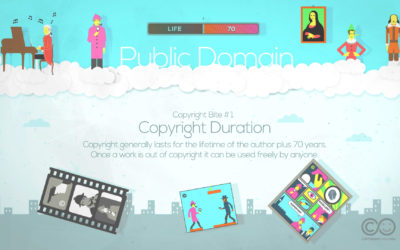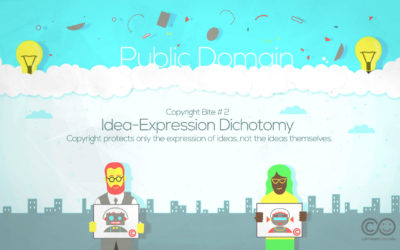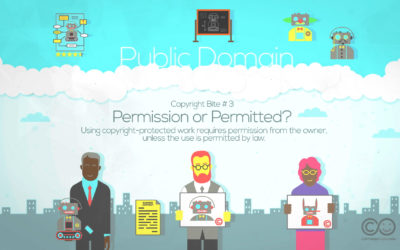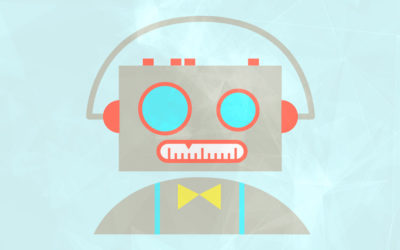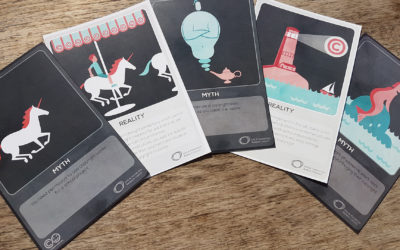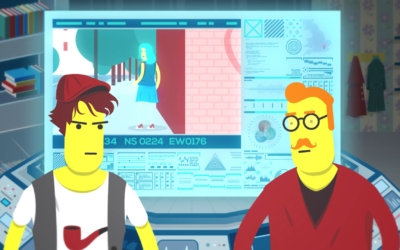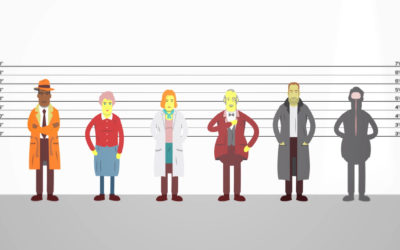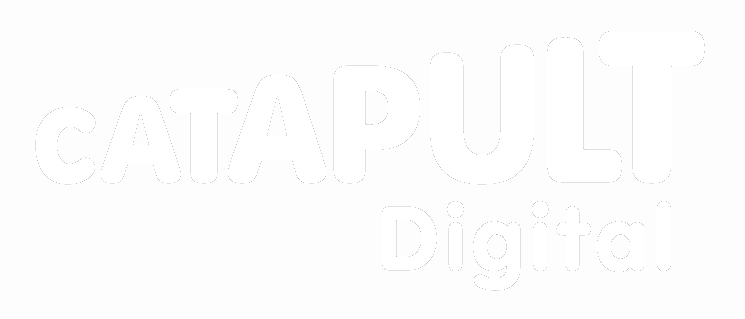Copyright Bites
Copyright touches almost every aspect of our daily lives, whether you realise it or not. When you watch television, listen to the radio, or stream films, box sets or music online, copyright interests are at play. Copyright exists in newspapers and magazines, graphic novels, comics and books. The websites and blogs that you read are copyright-protected, although the very act of reading them involves making copies of those works (on your screen and in the cache of your computer). The photos you take on your phone, to share with friends or to post online, are almost certainly copyright works. If you tweet, those tweets might also be protected.
When you agree to the terms and conditions of social networking platforms such as Facebook, Twitter, Pinterest or Tumblr you are authorising those companies to make use of any of your copyright work that you post on that service, without having to ask your permission or make any payment. And these terms and conditions are often quite extensive: for example, you might be authorising these companies to adapt or modify your work in some way, to perform it in public, or to license other companies to make use of your work as they see fit.
If you think carefully about what you do during the course of a normal day, you’ll realise that copyright is everywhere. But copyright can also be complicated, confusing and frustrating.
Copyright Bite #1
Copyright Bite #1 considers how long copyright lasts and what it means to say that a work is protected by copyright or in the public domain.
Copyright Bite #2
Copyright Bite #2 explores how copyright protects only the expression of ideas and not ideas themselves.
Copyright Bite #3
Copyright Bite #3 considers how you can lawfully make use of, or borrow from, works that are still in copyright, but without having to ask for permission or make payment to the copyright owner.
Copyright Bites Credits
Copyright Bites: Credits and Acknowledgements
Copyright Bites is a series of short videos that makes copyright law and policy easier to understand. With its distinctive visual vocabulary and style, the series explores the relationship between copyright and the public domain both of which are essential in fostering creativity and the creation of new work. It concerns how creators exploit and protect their work, as well as when it is okay to copy and re-use the work of others without having to ask for permission and without having to clear rights. Copyright is extremely important; but so too is the public domain.
The most straightforward way to understand the relationship between copyright and the public domain is to think about the fact that copyright only lasts for a finite period of time. So, a work is either in copyright or it is out of copyright (the copyright term has expired), and when a work is out of copyright it is said to be in the public domain.
This is where we start with Copyright Bites: in the first video we consider how long copyright lasts and what it means to say that a work is protected by copyright or in the public domain. In the next two videos we explore more intriguing aspects of the relationship between copyright and the public domain. We consider when you can lawfully make use of, or borrow from, works that are still in copyright, but without having to ask for permission or make payment to the copyright owner. That is, even though a work is in copyright, certain aspects or uses of that work can still be in the public domain.
Related
Myth-Reality Cards
The Copyright Myth-Reality Cards consist of text and illustrations, with a copyright myth on one side and the true status on the other.
The Game is On! – Ep. 1
In a fictional land called London, Sherlock Holmes and John Watson meet a curious client: the toymaker Joseph …
The Game is On! – Ep. 2
When Holmes and Watson receive a letter from Mary Westmacott, a new adventure at the border between illusion and reality is just about to start.

